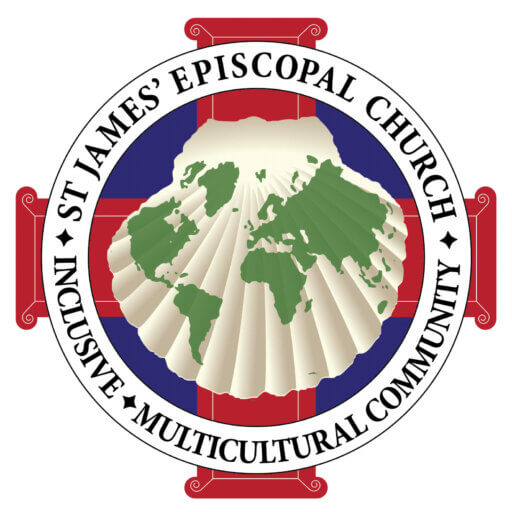Love is the Way: Chapters 7 and 8
Chapter 7: Leave No One Behind
This is a long chapter and there is a lot here.
In talking about his experience with listening to a Holocaust survivor during interfaith dialogue, Bishop Curry raises two ideas that will flow through the rest of the chapter, and indeed, through both chapters 7 and 8.
The first idea is the deep and abiding mystery of the neighbor, and the way we do violence to the neighbor by reducing them to a tattoo, a number, an “It.”
Where were some of the movements from an I-It relationship to an I-Thou relationship in these two chapters?
Where does your own story of discovering the “Thou”ness of the other intersect with Bishop Curry’s story?
The second is the idea of structural evil. He expresses this when he says: “I understand how easy it is for us as individuals to be moral personally, and at the same time be immoral as part of the society, the class, the race, the religion.”
Enriching Our Worship, a supplement to the Prayer Book, uses this confession to acknowledge structural evil:
God of all mercy, we confess that we have sinned against you, opposing your will in our lives. We have denied your goodness in each other, in ourselves, and in the world you have created. We repent of the evil that enslaves us, the evil we have done, and the evil done on our behalf. Forgive, restore, and strengthen us through our Savior Jesus Christ, that we may abide in your love and serve only your will. Amen.
How is does this confession refocus those of us who are accustomed to the form in our BCP?
How does structural evil or structural sin show up in the stories Bishop Curry tells?
In certain evangelical traditions, the language of spiritual warfare speaks of those larger, perhaps cosmic forces that oppress us or hold our humanity captive from beyond us. Sometimes, we critique these traditions for diminishing our sense of personal or communal responsibility by externalizing too much these evils in which we participate. In mainline traditions, we run the same risk with the language of structural evil (e.g. Capitalism is bad! But I’m okay.).
What strategies or spiritual practices does Bishop Curry offer us through the stories he tells for facing structural sin or structural evil?
Chapter 8: When the Spirit Reworks You
In Chapter 8, Bishop Curry tells the story of his own journey of leading a church struggling with the call of love for the neighbor as he recounts his own place in the Episcopal Church’s journey from affirming the human dignity of the LGBT community in 1970’s General Convention to the aftermath of the ordination of Gene Robinson.
Where did this story hit you in the feels?
What spiritual practices were strong enough to change his heart and mind along the way?
At the end of the chapter he talks about the angry aftermath of the Robinson election in North Carolina. He writes, “my only challenge was learning how to receive anger and not give it back in return” and he calls this the “dance of nonviolent change.” This involves: a spiritual discipline of receiving and letting go, receiving and letting go; self-differentiation enough to reduce systemic anxiety; and intentional prayer for those in opposition.
How is the dance of nonviolent change different from “becoming a doormat”, to use a phrase deployed (and not fully addressed) a couple chapters back?
Cool Resources from the Sunday Forum Group:
The Science of Reasoning With Unreasonable People
https://www.nytimes.com/2021/01/31/opinion/change-someones-mind.html?referringSource=articleShare




